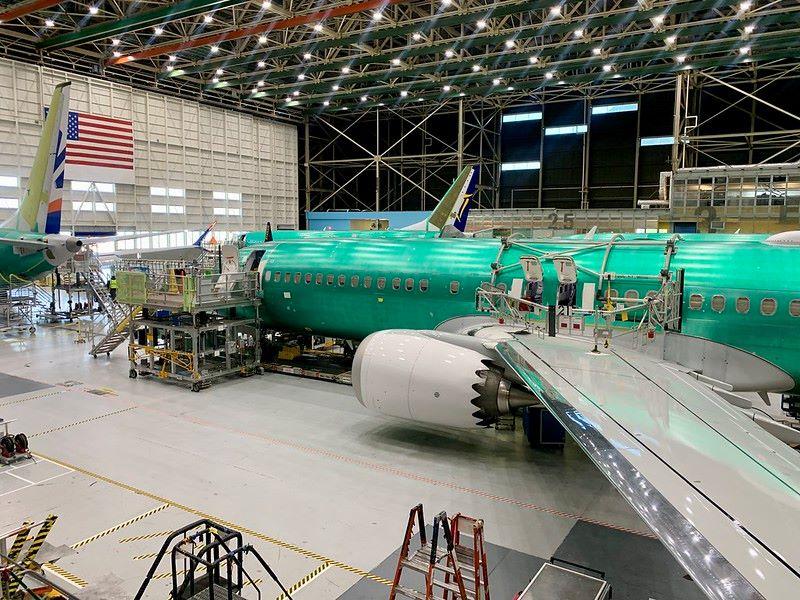NTSB’s Alaska 1282 Hearing Set To Scrutinize Boeing’s Aircraft Manufacturing Process

Credit: Sean Broderick/AWST
The NTSB’s planned two-day hearing on Alaska Airlines Flight 1282 will provide a rare and extensive look into Boeing’s commercial aircraft manufacturing process, from front-line employee readiness to nuanced elements such as how the company attempts to ensure first-time quality, the meeting’s agenda...
Subscription Required
NTSB’s Alaska 1282 Hearing Set To Scrutinize Boeing’s Aircraft Manufacturing Process is published in Aerospace Daily & Defense Report, an Aviation Week Intelligence Network (AWIN) Market Briefing and is included with your AWIN membership.
Already a member of AWIN or subscribe to Aerospace Daily & Defense Report through your company? Login with your existing email and password.
Not a member? Learn how you can access the market intelligence and data you need to stay abreast of what's happening in the aerospace and defense community.





